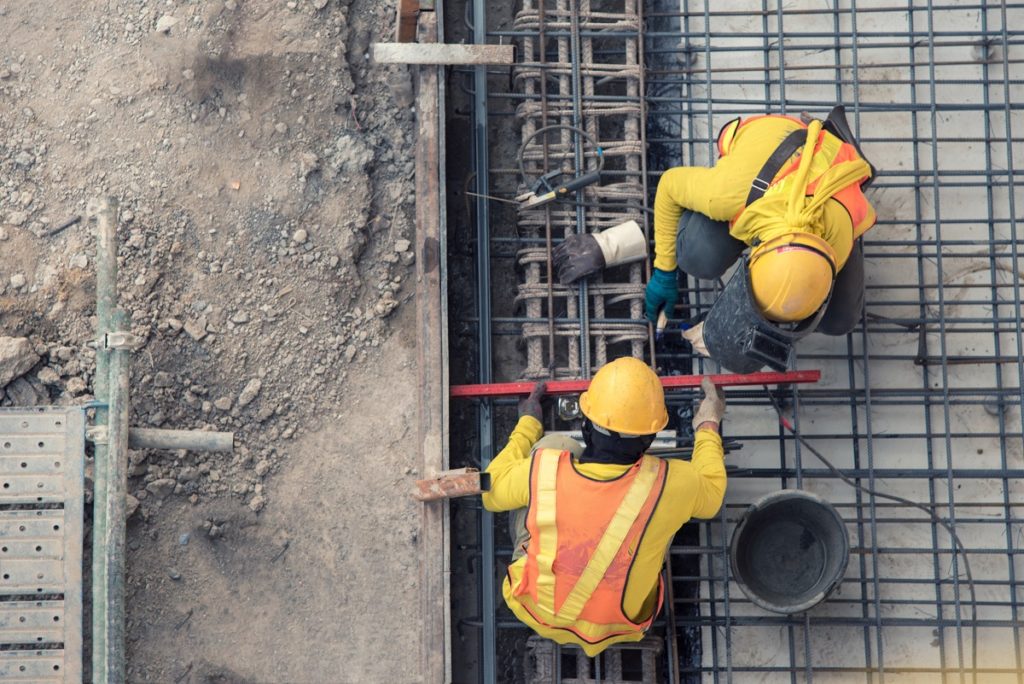In a labour-intensive industry like construction, where each personnel don’t only face elaborate tasks but are also exposed to danger, it’s highly important that the company doesn’t have a shortage of all necessary supplies and equipment.
Here, we’ll discuss several common items that can be found in most construction sites. Of course, the type and number vary depending on the requirements of a project, but these are typically part of numerous work areas.
Temporary Traffic Control
This is the use of devices to guide drivers through areas where road conditions are affected by a construction work in progress. It’s meant to promote safety while minimising traffic disruption and work delays.
Different types of devices are used for a variety of projects. For instance, portable traffic lights are long-term systems usually utilised during large-scale procedures like repairs and maintenance of bridges, replacement of culverts, and reconstruction of roads. On the other hand, an automated flagger assistance device is commonly used for short-term circumstances such as an ongoing public or private event, asphalt paving, sewer line repairs, and tree trimming.
A considerable number of accidents in areas near construction sites can lead to injuries and fatalities, which is why it’s integral that temporary traffic control devices be set up in roadways around work zones.
Waste Management Infrastructure
A system for managing rubbish is vital in every construction site. Skip bins, which are large containers that have the capacity to hold heavy loads of waste, are a popular choice. These containers are available in a wide variety of sizes, from two to 31 meters. Additionally, they’re delivered and removed by a team of professionals, so contractors don’t have to worry about properly disposing of harmful waste.
However, these bins aren’t appropriate for holding certain types of material like oil, food waste, and chemicals so it’s indispensable that each worker is informed of the particular dos and don’ts.
Earthmoving Equipment

There are multiple types of earthmoving equipment for hire, such as bulldozers, excavators, motor graders, loaders, backhoes, and trenchers. These heavyweight machinery are utilised for shifting huge volumes of earth components like dirt as well as for digging foundations and landscaping areas.
Each type has distinct applications so it’s more cost-efficient for contractors and builders to avoid buying them since not all will be used on every project. There are many suppliers that make earthmoving equipment available for hire and fees vary based on the duration, type, and other more specific factors.
Construction Equipment
These are machinery often used at waste landfills, farming fields, and construction sites that include but aren’t limited to pavers, tunneling tools, heavy-duty pumps, concrete mixers, road rollers, and stone crushers. Like earthmoving equipment, each one performs certain tasks, but all deal generally with components like sand, rock, asphalt, and concrete.
Safety Supplies and Gears
Prioritising the welfare of the team is integral to any company in terms of legal and marketing aspects. Work-related accidents can be fatal, affect productivity, and in many cases, lead to corporate lawsuits that are financially straining and image tarnishing.
The risk of accidents is significantly high in construction sites, and improper usage of protective equipment and lack thereof can endanger the lives of labourers. In fact, according to studies, about 28% of manual handling workers in Australia get severe injuries due to inadequate safety equipment.
Aside from safety clothing, first aid kits and fire extinguishers are also commonly required industrial safety items that must be available in every work zone.
The industry of engineering and construction is labour-centred, which is why contractors rely on multiple tools to ensure safety and improve work quality.




